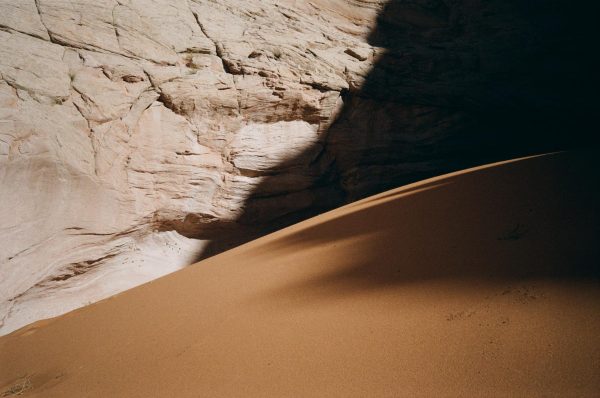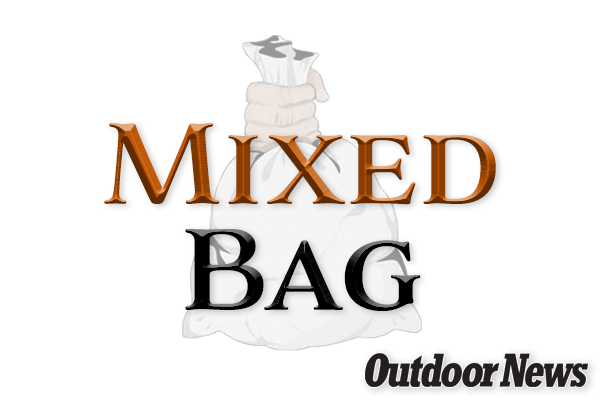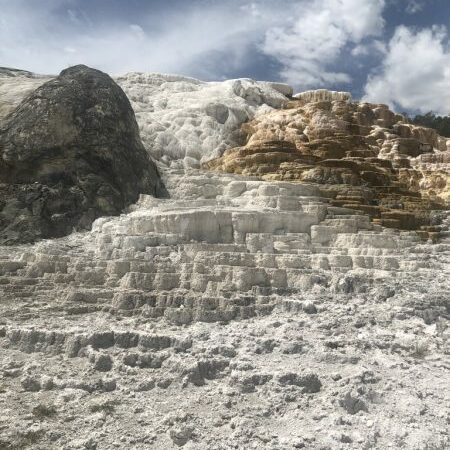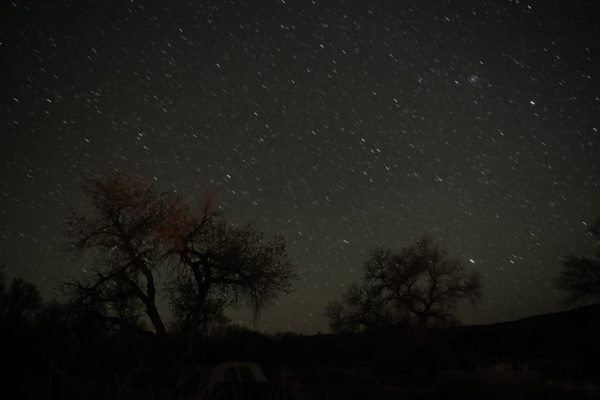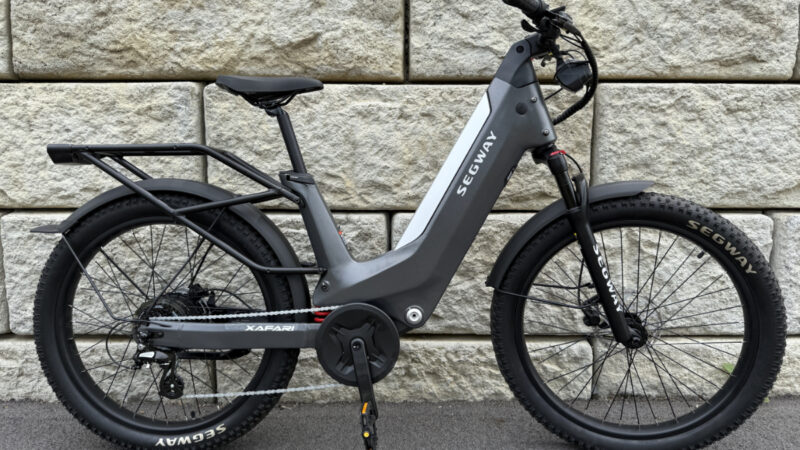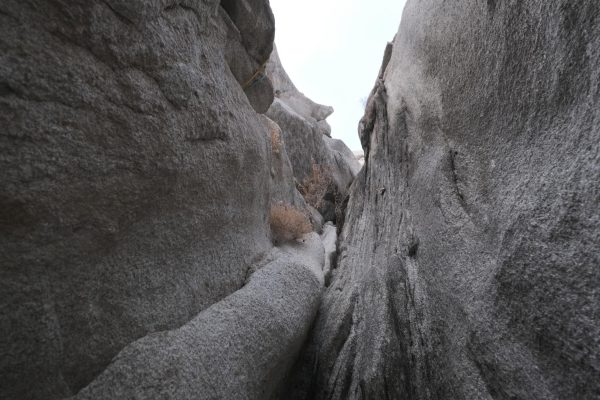Where Were You When…On an Ordinary Evening in Meadow Hot Springs
On November 19, I navigated my old Rav4 (Delilah) across the bumpy, half-frozen mud that led to Meadow Hot Springs in central Utah. Steam rose into the early winter air, framed by the ridgeline of the Pahvant Mountains to the east. My partner and I stripped down to our swimsuits, shrieking in the cold before we slipped into the warm water. Perhaps the least skill-based of all my favorite outdoor activities, we drank wine, floated, talked, cuddled against the warm rocks, and watched the sun slowly arc below the horizon.
The hot spring was not as crowded as it can be on a weekend, but a handful of people came and went as the hours shriveled away our fingers and toes. Each time a new group approached, I did a quick, semi-conscious size-up. My partner and I are visibly queer, and in a remote field somewhere in the middle of a conservative state, I was a little bit on edge.
I never know what to do with these feelings. I’ve traveled through the backcountry of the American West and urban and rural parts of countries around the world alone. I’m pretty visibly queer on my own and I’ve always been adamant about never allowing my perceived gender or sexuality to be an impediment to imagining where it’s okay for me to go or who I feel comfortable talking to along the way. However, I’d been single for many years, and I was surprised how my awareness rose a few degrees when I was suddenly part of a queer couple.
Was this a protective instinct toward my partner? Was I frustrated that this made something obvious that I usually allow to hover as an open secret when I’m in spaces that I’m not yet sure will be safe or welcoming? And besides, in my scene size-up (to borrow a term from wilderness medicine), on what grounds am I assessing whether or not people seem “safe”? There are layers of cultural nuance to this that sound a little ridiculous when I say them out loud. Clothing or bumper stickers with the American flag? Nerves climb a degree. Women who say they’re from Seattle? I take a breath. A lot of assumptions and stereotypes that don’t sound fair, but is it justified when I need some way to make a basic assessment about our safety? I tune in and out of the conversations taking place around us for more clues.
This makes it sound like this was an overwhelming factor in our day. It wasn’t. I spent far more time thinking about what a perfectly wonderful miracle it is that hot springs exist and we get to come here. Thinking about how fun it is to do pretty much anything with my partner. Thinking about how it would be deep enough to scuba dive here. Thinking about the growing tension between my hunger and my fear of the well-below-freezing temperatures outside of the spring. When we eventually made it out long after dark, we rushed to my car while our hair froze and curled up in my tent to feast on a chaotic assortment of leftovers from a Thanksgiving potluck. We read Frankenstein out loud to each other until we fell asleep.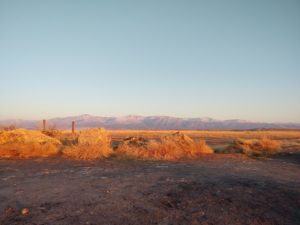
We returned home the next morning to the news that, one state away, five people were killed and many more injured at an LGBTQ+ club. The faces of the victims looked familiar, the same sorts of faces I see on a typical night out at a queer bar in Salt Lake City. I wondered what part of our evening was unfolding when this happened. They were still alive when we watched the sunset. Were they still alive when we were eating cold fried chicken in our sleeping bags?
Outdoor spaces carry all kinds of risks that can be mitigated with skills, training, experience, and good decision-making. Other risks are carried in our bodies. Risk assessments are more subjective. Preventative measures, like trying to hide something that might be obvious anyway, can be painful. Sometimes your assumptions are wrong and your guard was up, but in fact you are safe and the guy in the van really just wanted to tell you about his dog running muddy laps around the hot spring. Sometimes you go to a space that exists to foster safety, guard down, and it all falls apart.
This was a moment when memories were overwritten with things we learned later, and I hold the memory as it was and the memory as it became together. In the memory, as it became, there is a deeper appreciation for joy. There is also a heightened emphasis on how it feels to be visibly queer in spaces where risk assessment is cloudy, as it can be in much of the outdoors. When I’m scuba diving or thru-hiking, I often try to push this feeling away. It’s so nebulous with no real solutions, so I try not to think about it too much and focus on all the ways I feel welcome in the mountains or underwater. Sometimes, though, it’s important to sit with the heaviness, the gratitude that comes with it, and the empathy and hope for an ordinary night in the hot springs, or an ordinary night at the bar, which reflects the ordinary, yet spectacular, love I feel for my partner and the ordinary days we spend together.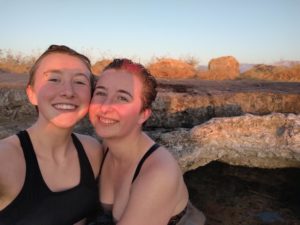
The post Where Were You When…On an Ordinary Evening in Meadow Hot Springs appeared first on Wasatch Magazine.
Source: https://wasatchmag.com/where-were-you-when-on-an-ordinary-evening-in-meadow-hot-springs/

